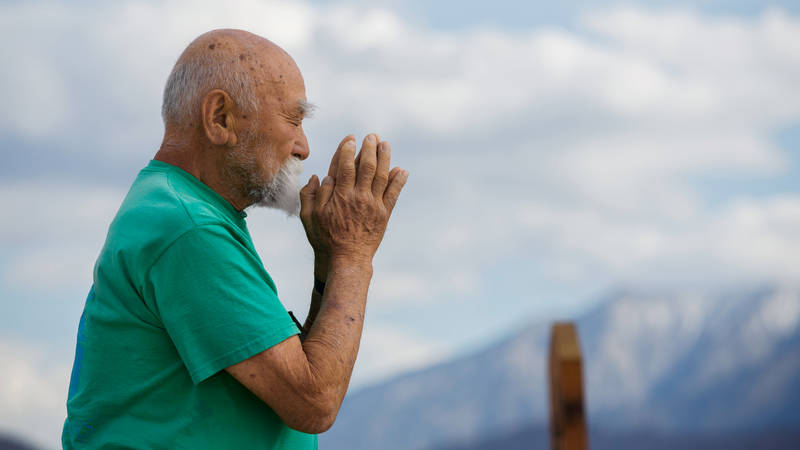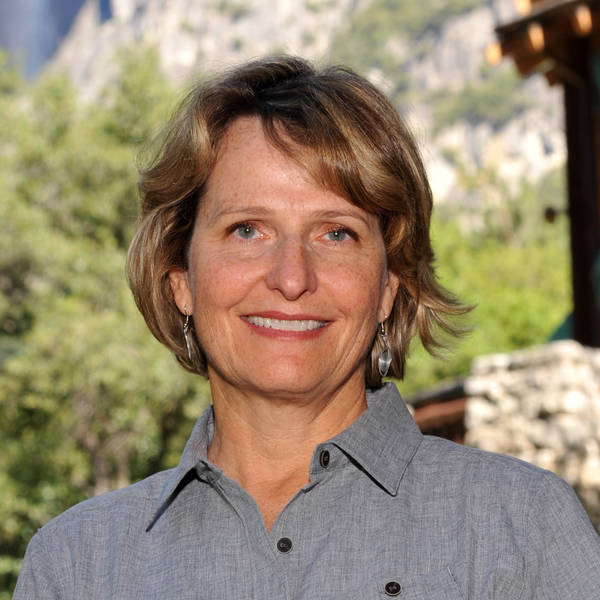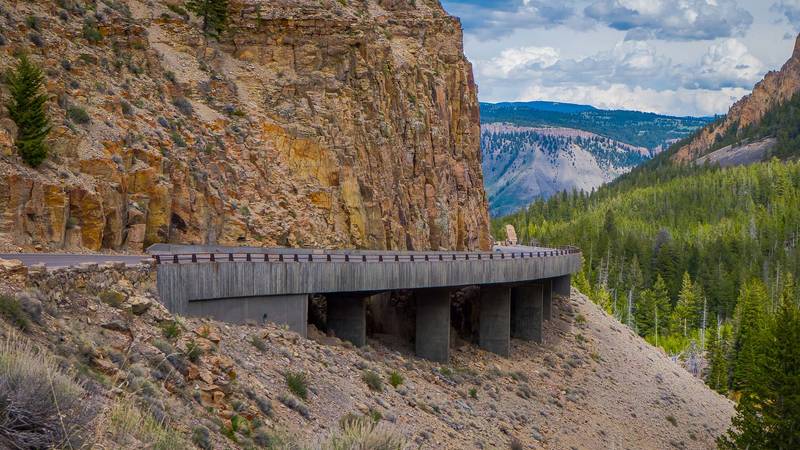We must learn from the grave injustices of Manzanar and other World War II incarceration camps — not doom ourselves to repeat one of America’s darkest mistakes.
Every national park site has a story to tell us. Some are difficult to hear. But perhaps those are the ones we need to hear most.
One such story is that of the Japanese American incarceration camps that were built and used during World War II.
On Feb. 19, 1942, President Franklin Roosevelt signed the infamous Executive Order 9066, authorizing the mass removal of people of “foreign enemy ancestry” — overwhelmingly Japanese and Japanese Americans — to detention camps. These people, two-thirds of whom were U.S. citizens, were subsequently treated as enemies of the state.
In Her Own Words
They were registered and rounded up by their own government. With little time to get their affairs in order, they were forced to sell their homes and businesses at bargain prices. Many lost everything. Dressed in their finest clothes and taking with them only what they could carry, more than 110,000 men, women and children went to temporary “assembly centers” — often stables or fairgrounds — before being shipped to one of 10 military-style camps that would become their new homes.
California’s Manzanar was the first of these incarceration camps. People endured harsh weather, cramped quarters and the watchful eye of guards posted in eight towers around the camp’s one-square-mile area.
Hearing how these families were treated, it’s easy to see why people would want to forget. But as the philosopher George Santayana once wrote, “Those who cannot remember the past are condemned to repeat it.”

Return to Manzanar
As the number of Japanese-American incarceration camp survivors dwindles, a new generation strives to keep the story alive.
See more ›In 1992, Manzanar was designated a national park site. Park rangers keep the stories of the incarceration camps alive, along with the experiences of those who were forced to stay in them. It’s one of the clearest examples of the role our national parks play in telling the stories of our past. And it is up to us to listen to them and learn from them.
So imagine my shock and horror when I heard an interview with a former spokesman for a major super PAC that backed Donald Trump. When asked about whether the federal government should create a national registry for Muslims, Carl Higbie said, “…there is precedent for it,” referring to Japanese American incarceration camps.
Have we forgotten the indignity and hardship our government forced upon our fellow citizens simply because of their ethnicity? Are we preparing to treat as enemies of the state a whole group of citizens merely because of their religion?
Stay On Top of News
Our email newsletter shares the latest on parks.
I invite Mr. Higbie to visit Manzanar National Historic Site. Speak to those still alive today who were forced to live in these camps and let them recount their stories of suffering. That is how we learn from the mistakes we as a nation once made.
The incarceration of Japanese Americans was a travesty of justice. It should not and cannot be used today to inform policies that marginalize another group of people just because they share a common religion.
About the author
-
 Theresa Pierno President and CEO
Theresa Pierno President and CEOTheresa Pierno is President and CEO of the National Parks Conservation Association. She joined NPCA in 2004 after a distinguished career in public service and natural resource protection, and has helped to solidify the organization's role as the voice of America's national parks.


